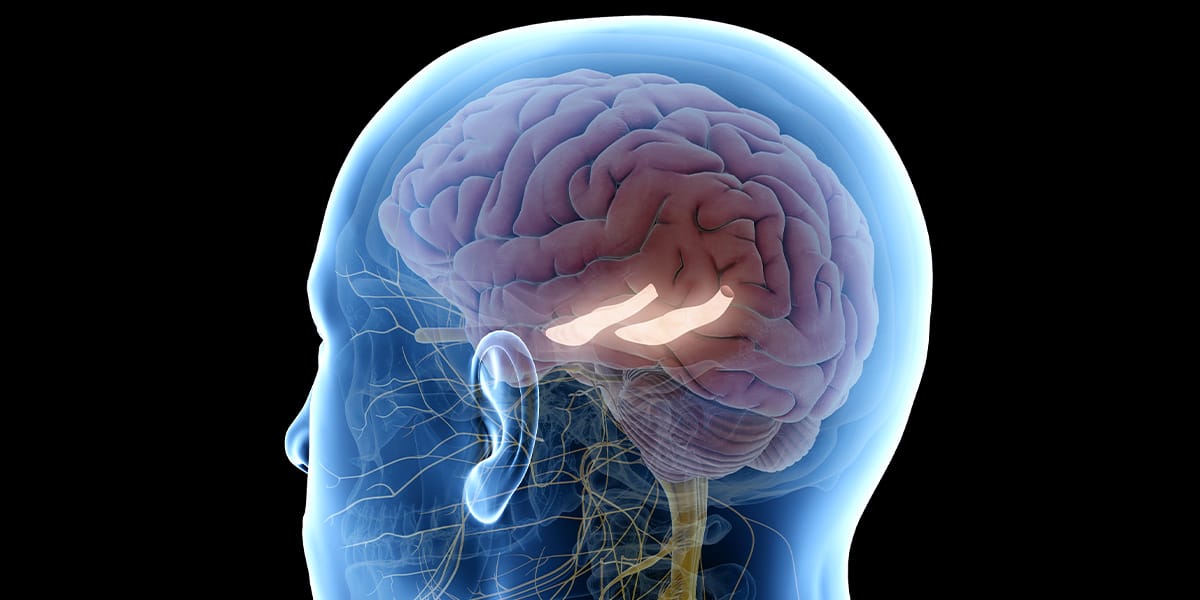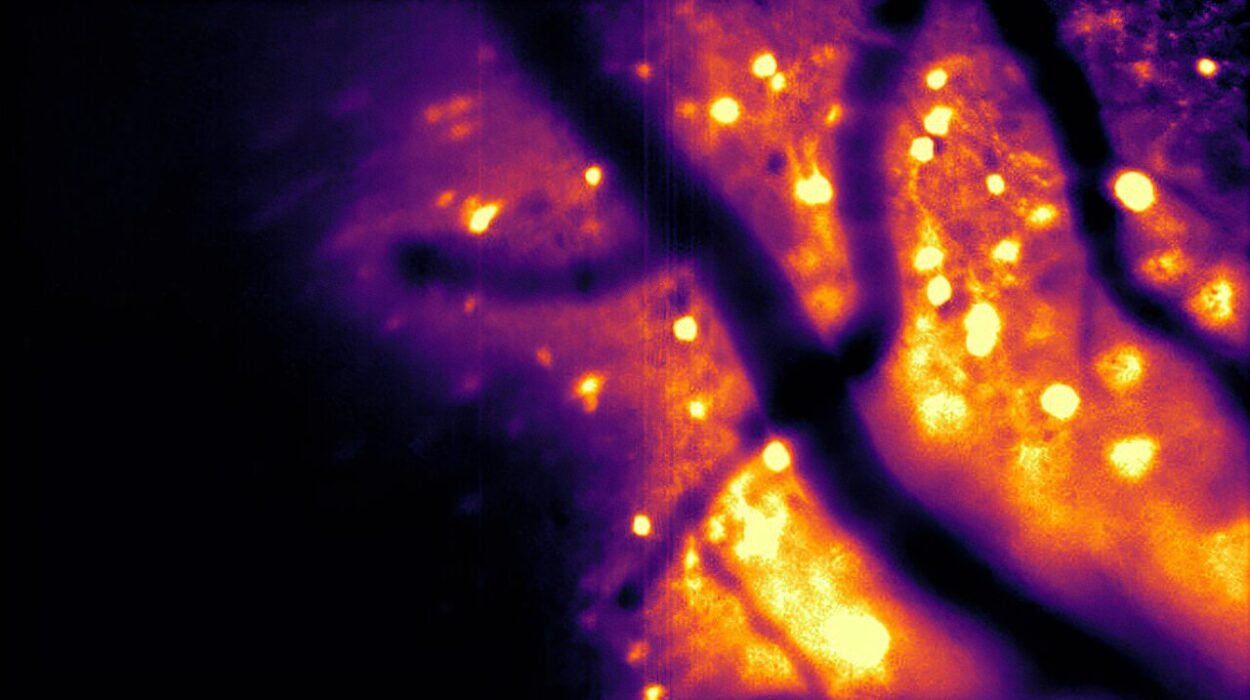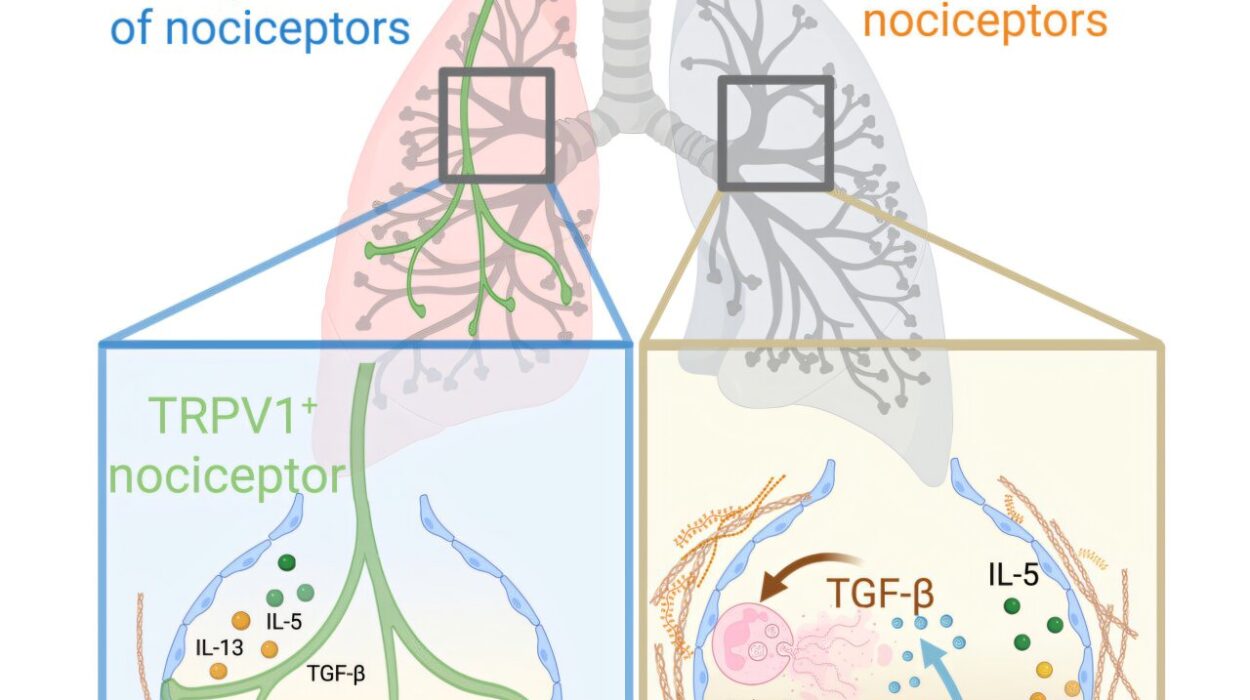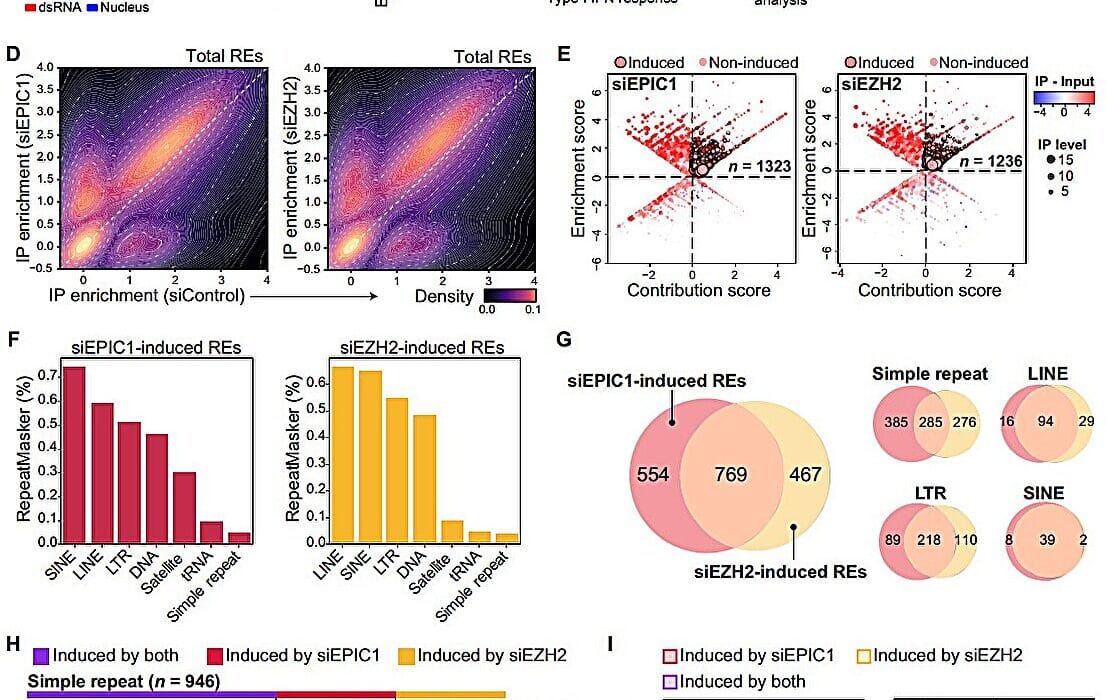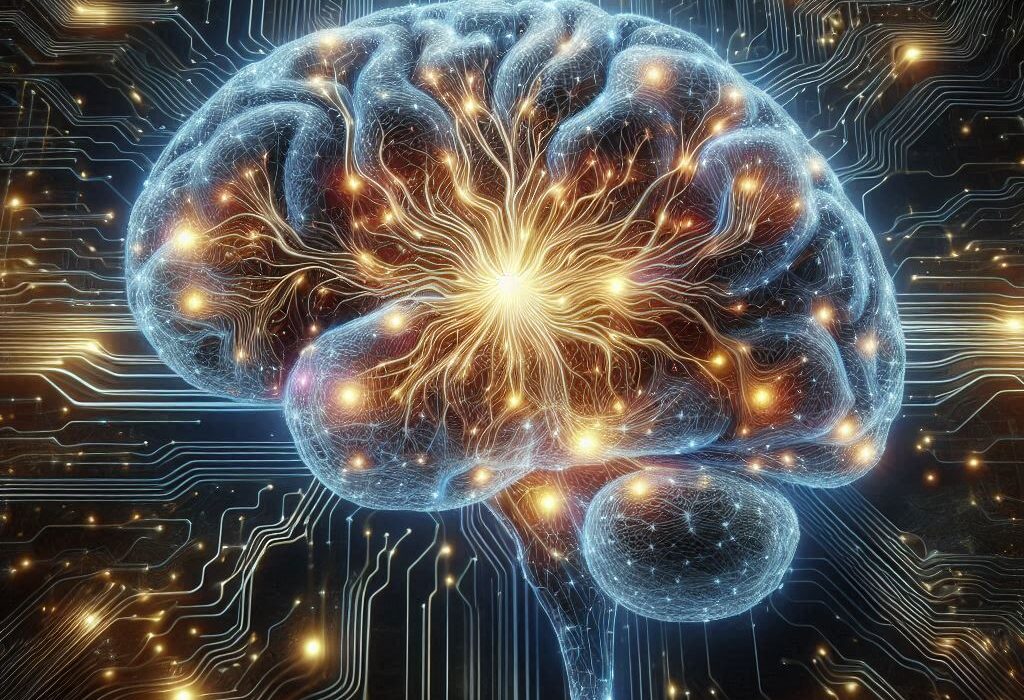Deep within your brain, curled like a tiny seahorse in the folds of the temporal lobe, lies one of the most extraordinary structures in the human nervous system. The hippocampus — its name derived from the Greek words hippos (horse) and kampos (sea monster) — is far smaller than your thumb, yet it plays a role in shaping who you are. Without it, you could still feel, you could still speak, you could still move, but your life would lose its continuity. The hippocampus is not just an organ of memory; it is the quiet librarian of your existence, cataloging your days, keeping track of where you are, and allowing the story of your life to unfold in sequence.
Imagine waking each morning with no recollection of the day before. You could learn again how to make coffee, only to forget by lunchtime that you had ever done so. Conversations would start and end in disjointed fragments, each stripped of context. This is the reality for individuals whose hippocampi have been damaged. Without its intricate networks of neurons, the thread that ties together your moments would unravel.
A Brief History of Discovery
The hippocampus has been known to anatomists for centuries. Early Renaissance dissections revealed its distinctive curved shape in the brain’s medial temporal lobe, but its function remained mysterious. For a long time, it was thought to be related to the sense of smell because of its proximity to the olfactory system. Only in the late 19th and 20th centuries did scientists begin to understand its true role in memory and spatial navigation.
One of the most important breakthroughs came from the tragic case of Henry Molaison, known for decades in the scientific literature as “H.M.” In 1953, at the age of 27, Molaison underwent surgery to alleviate severe epilepsy. Surgeons removed large portions of his medial temporal lobes, including most of both hippocampi. The seizures lessened, but at a terrible cost: H.M. could no longer form new long-term memories. His intellect, language skills, and personality were intact, but each new day faded almost instantly into obscurity. His case demonstrated with heartbreaking clarity that the hippocampus is essential for turning fleeting experiences into lasting memories.
The Hippocampus in the Landscape of the Brain
If you were to journey inside the brain, you would find the hippocampus nestled within the medial temporal lobe on each side, one in the left hemisphere and one in the right. This paired structure lies deep beneath the cortical surface, near the amygdala and entorhinal cortex, forming part of the limbic system — a network involved in emotion, motivation, and memory.
Anatomically, the hippocampus is often divided into regions labeled CA1, CA2, CA3, and the dentate gyrus. These names, drawn from Latin and histological studies, reflect subtle differences in cell types and connections. Each subregion plays a specialized role in processing memory, yet they work together seamlessly. The dentate gyrus, for example, helps distinguish similar experiences — a process called pattern separation — so that the brain can tell apart where you parked your car today versus yesterday. The CA3 region excels at pattern completion, retrieving an entire memory from just a fragment. The CA1 region acts like a final relay, refining and sending processed information back to other brain areas.
The Birthplace of New Memories
The hippocampus is not a storage vault for all memories. Instead, it acts more like a staging ground — a temporary workbench where new experiences are processed and prepared for long-term storage elsewhere in the cortex. When you encounter something novel, sensory information streams in from your eyes, ears, and other senses, converging on the hippocampus through the entorhinal cortex. There, networks of neurons fire in carefully orchestrated patterns, linking the sights, sounds, smells, and emotions into a coherent memory.
Over time — hours to days — these memories are consolidated, gradually migrating out to the neocortex for long-term storage. But without the hippocampus to perform this initial encoding, the transfer cannot happen. This is why people with hippocampal damage can remember their childhood but cannot remember what they had for breakfast.
A Mapmaker in the Mind
The hippocampus is also famous for its role in spatial navigation. In the 1970s, neuroscientists John O’Keefe and Jonathan Dostrovsky discovered “place cells” in the hippocampi of rats. These neurons fired only when the animal was in a specific location in its environment. O’Keefe’s work, later expanded by Edvard and May-Britt Moser’s discovery of “grid cells” in the nearby entorhinal cortex, revealed that the hippocampal region contains an internal map of space. It is as if your brain carries a silent GPS, allowing you to orient yourself, navigate through familiar routes, and form mental maps of new environments.
This mapping function is not limited to physical spaces. Evidence suggests the hippocampus may also help us navigate abstract spaces — organizing concepts, relationships, and even time itself into coherent mental frameworks.
Memory, Emotion, and the Limbic Connection
The hippocampus does not work alone. It operates in close concert with the amygdala, a small almond-shaped structure crucial for processing emotion. When an experience carries strong emotional weight — a joyous reunion, a frightening encounter — the amygdala signals the hippocampus to tag that memory as significant. This emotional tagging helps ensure that certain memories are more durable, which is why we vividly remember where we were during momentous life events.
However, this connection also explains why trauma can have such a powerful hold on memory. In conditions like post-traumatic stress disorder (PTSD), the amygdala’s heightened activity and the hippocampus’s encoding can combine to make painful memories intrusive and persistent.
Plasticity and the Surprising Birth of Neurons
For decades, neuroscientists believed that the adult brain could not generate new neurons. Then, research revealed a remarkable exception: the hippocampus. Specifically, the dentate gyrus exhibits ongoing neurogenesis — the birth of new neurons — even in adulthood. These newborn cells integrate into existing networks, potentially contributing to learning, memory, and mood regulation.
Factors such as physical exercise, enriched environments, and certain types of learning can increase hippocampal neurogenesis. Conversely, chronic stress, depression, and aging can diminish it. This discovery has profound implications for understanding how lifestyle and environment can shape the brain’s capacity for memory and resilience.
The Hippocampus Under Threat
The hippocampus is particularly vulnerable to damage. Oxygen deprivation, head injury, infection, and neurodegenerative diseases like Alzheimer’s can impair its function. In Alzheimer’s disease, the hippocampus is often one of the first regions to show damage, which explains why early symptoms include disorientation and difficulty forming new memories.
Chronic stress can also harm the hippocampus. Elevated levels of cortisol, the body’s primary stress hormone, can shrink hippocampal volume over time, impairing memory and increasing vulnerability to mood disorders. This is one reason why stress management is not just a matter of emotional health but also of preserving cognitive function.
Studying the Hippocampus: From Rats to Virtual Reality
Much of what we know about the hippocampus comes from animal studies, especially in rodents, whose hippocampal structures are similar in organization to humans. Researchers use mazes, open fields, and virtual reality environments to explore how hippocampal neurons respond to different stimuli. Advances in brain imaging, such as high-resolution fMRI, have made it possible to study the hippocampus in living humans, observing how it activates when people recall memories or navigate imagined spaces.
Cutting-edge techniques, like optogenetics, allow scientists to turn specific neurons on and off with light, enabling precise tests of how the hippocampus encodes and retrieves information. These experiments are beginning to unravel the fine details of how memory works at the level of circuits and molecules.
Beyond Memory: Imagination and the Future Self
One of the most intriguing insights of recent research is that the hippocampus is not limited to remembering the past — it is equally important for imagining the future. When you envision yourself in a place you have never been or plan a sequence of events yet to occur, the hippocampus is active. This suggests that it helps the brain recombine elements of past experiences into novel scenarios, a skill essential for planning, creativity, and decision-making.
This dual role — recalling the past and imagining the future — means the hippocampus is a bridge between who you were and who you might become. Damage to it robs a person not just of their history, but of their ability to construct meaningful futures.
The Poetry of a Seahorse in the Mind
It is tempting to think of the hippocampus purely as a biological machine, a set of circuits processing inputs and outputs. But for every person, it is also something more intimate. It holds the memory of your first kiss, the route to your childhood home, the moment you first saw the ocean. It helps you know that the person you are today is connected to the child you once were and the adult you will become.
In that sense, the hippocampus is not just a part of the brain — it is part of the self. Its rhythms, its plasticity, its delicate vulnerability are woven into the texture of what it means to be human.
Protecting and Nurturing the Hippocampus
Though small, the hippocampus responds to how we live. Physical activity increases blood flow and neurogenesis. Adequate sleep allows it to consolidate memories efficiently. Learning new skills, engaging in rich social interactions, and exposing yourself to novel environments all stimulate its networks. Mindfulness and stress reduction can protect it from the damaging effects of chronic cortisol.
In caring for the hippocampus, we are caring for the continuity of our life story — for our ability to remember, to imagine, and to navigate both the outer world and the inner landscapes of thought.
A Legacy in Neuroscience
From the early dissections of Renaissance anatomists to the groundbreaking studies of H.M., from the discovery of place cells to the revelation of adult neurogenesis, the hippocampus has been at the center of some of neuroscience’s most important discoveries. Its study has reshaped our understanding of memory, space, and selfhood.
Even now, questions remain. How exactly does it coordinate with the rest of the brain to weave our experiences into lasting narratives? Can boosting neurogenesis slow cognitive decline? How can we prevent or reverse hippocampal damage in conditions like Alzheimer’s? Each answer brings new possibilities, not just for medicine, but for deepening our understanding of what it means to remember.
The hippocampus may be small, but in its curved seahorse form lies the architecture of identity. It is the quiet archivist of our lives, the internal compass of our journeys, and the weaver of our past and possible futures.
